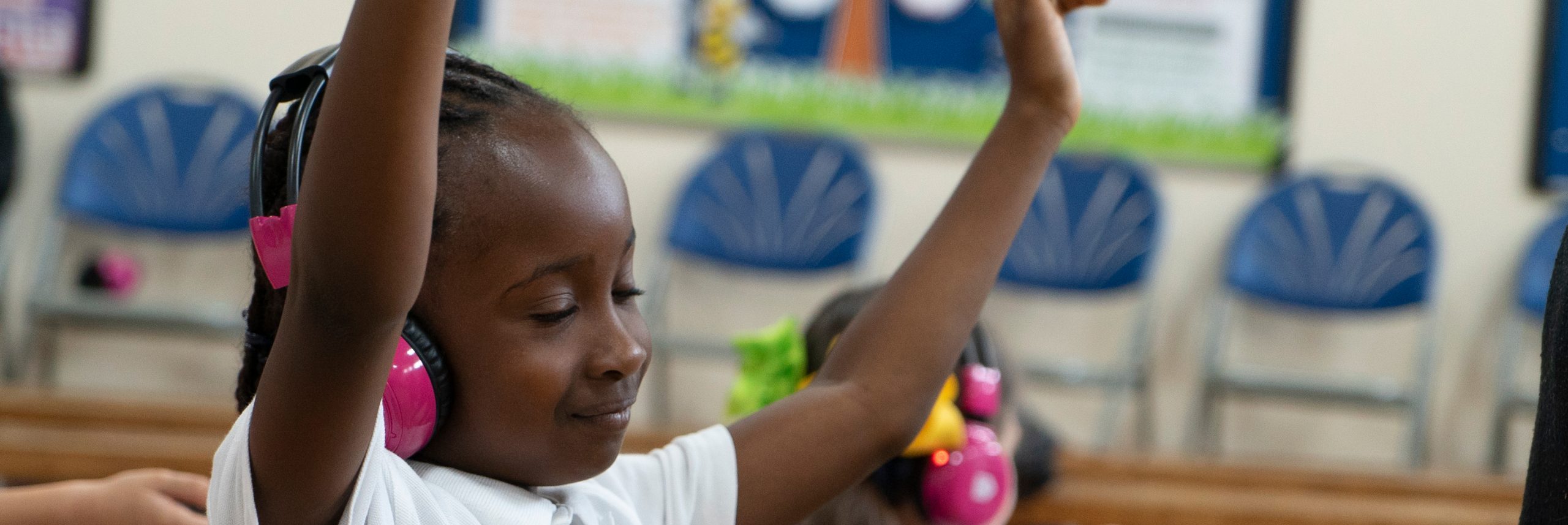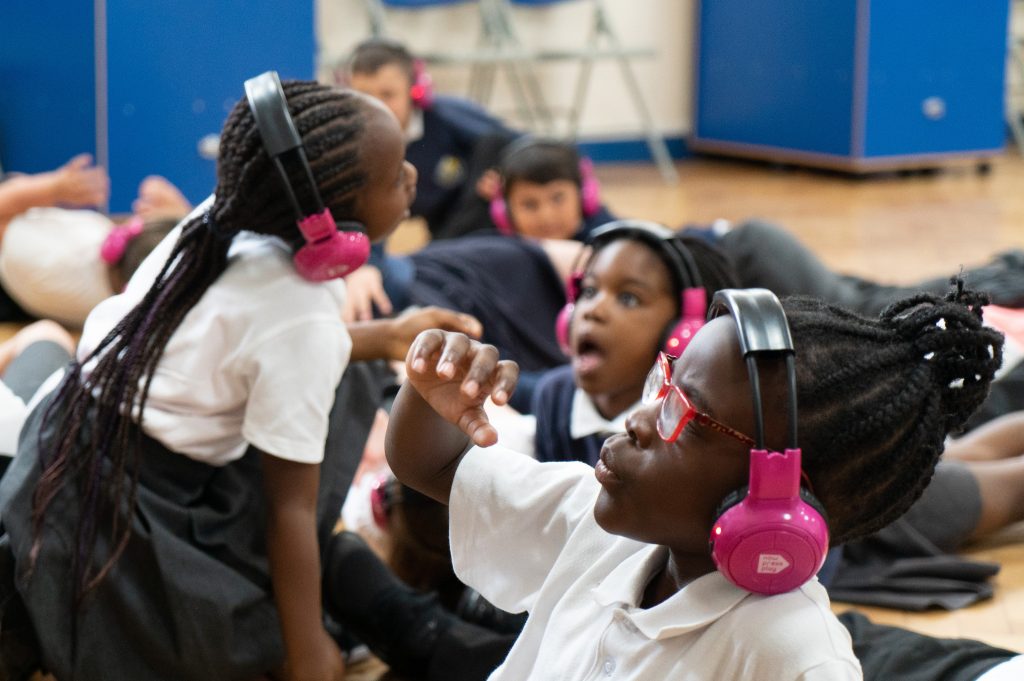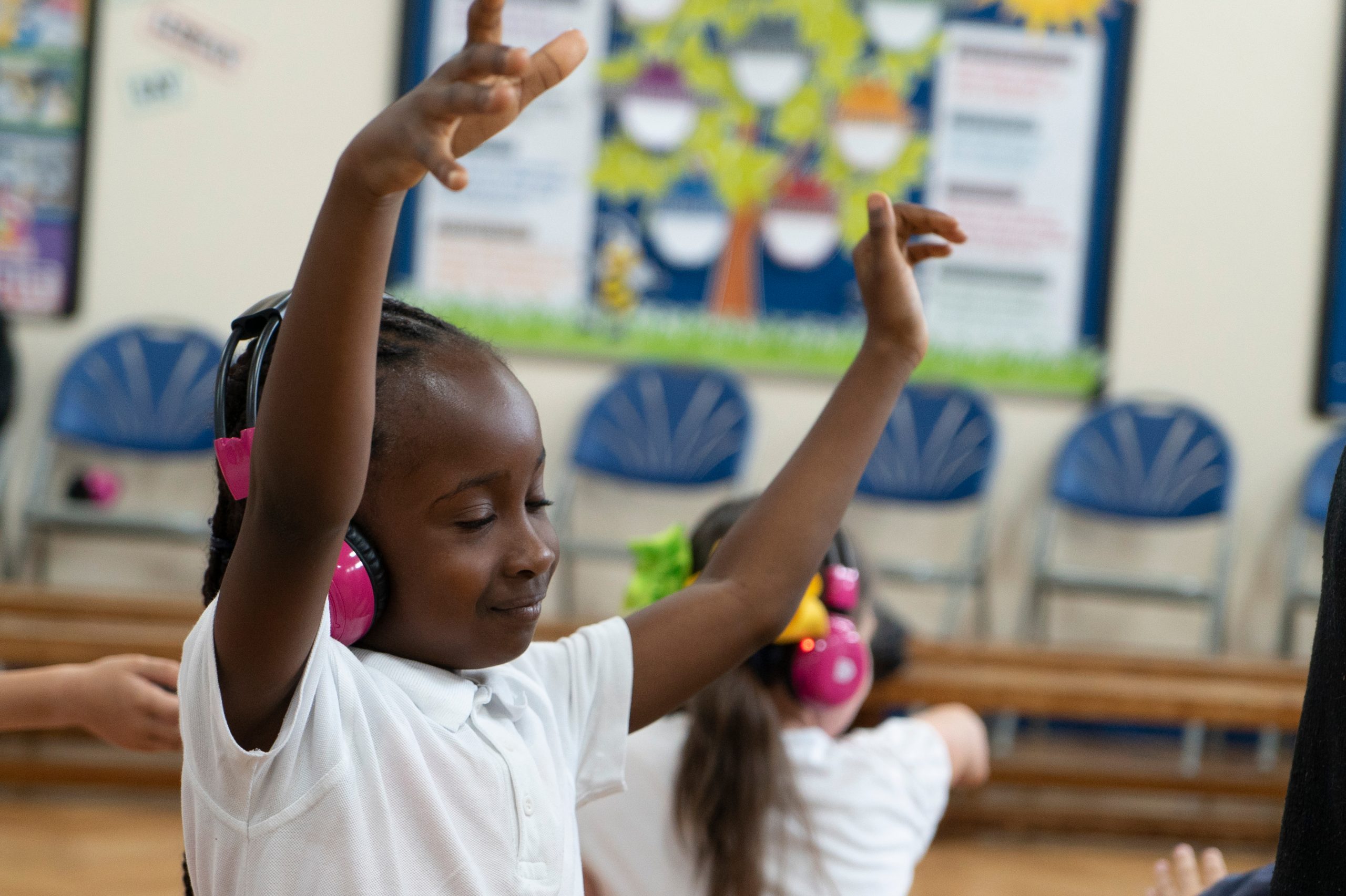
In the UK, there are over 50,000 deaf children and young people. Assistant Headteacher & SENCO, Michaela Hembling at Glebe Primary School, part of The Rayleigh Schools Trust, recently spoke to us about the different ways staff are able to use now>press>play to engage their hearing impaired pupils with the curriculum and the steps they take to ensure that these pupils receive quality lessons every time.
We’re so pleased to be able to be able to bring you this testimonial in support of Deaf Awareness Week on 2 – 8th May 2022.
Video Testimonial
“I think this style of learning is fantastic. It's really good to get them up and moving out of the classroom.”
Michaela Hembling, Assistant Headteacher & SENCO at Glebe Primary School
Celebrating deafness throughout the year
Throughout Deaf Awareness Week, the National Deaf Children’s Society will be sharing all things that celebrate deafness including its history and culture, the different communication methods and inspiring stories from deaf role models.
Get involved and follow the hashtag #MyDeafStory to learn more.
If you would like to find out more about the benefits of now>press>play, you can book your 2-week free trial and speak to a member of our team.
Testimonial Transcript
My name’s Michaela Hembling, I’m the Assistant Headteacher and SENCO at Glebe Primary School. We’re a mainstream school with a nursery and we also have an enhanced provision for hearing impaired pupils.
We have 23 children currently in our hearing impaired unit, right from Nursery all the way through to Year 6. They have various different levels of needs, depending on their hearing loss.
We also use lots of different equipment. We have some children that just have standard hearing aids, and we also have quite a few that have cochlear implants. There’s also something called “links” that can attach onto those hearing aids that mean that you can link up to a radio aid. So, the teacher would wear a radio aid that the sound feeds directly into their implants, their hearing aids.
Some of our children are able to speak vocally; they’re very good at holding a conversation. Others are completely sign-reliant. We do have BSL interpreters to support our children. So quite often they will be working in the unit in the mornings for their Maths and English lessons with a teacher of the deaf and a communicator. Then in the afternoons they join their mainstream class and are supported by a BSL communicator.
The only difference to that is our Nursery and Reception children. They’re just within their mainstream class the whole time because of the way the day is structured, more free flow and play. So yes, quite a lot of different needs and lots of ways of supporting the children as well.
In advance of the session for the whole class, we would always look at the Transcript, the resources that are provided, the rough plan of how the session will go, because obviously we need to see how we’re then going to follow that up. Whether that’s going to be using the Storyboard, the Quiz, the suggested writing activities, for example, or whether we’re going to do our own. Obviously, all the teachers will be looking at that prior to the session to know where it fits in within their planning.
With regard to our hearing impaired pupils or just some other people that might have additional needs that we need to be aware of, obviously, they will then look at that more carefully. So they’ll go through the Script to see if there is anything that they need to adapt, potentially.
The main thing for hearing impaired ones is having that script because obviously some of the vocabulary is quite high-level or topic-specific. So they might need to prepare some of those signs beforehand or agree with the children what they mean because it’s not language they would come across every day. I think having all of those resources now on the app in one place has really made it easy for everybody to access that as and when they need to. So yes, definitely. Definitely useful.
When preparing the lesson, the first thing to do is check beforehand with your children how the equipment works for them. Some of our children are absolutely fine with just having the headphones over their hearing aids or over their implants, and that works absolutely fine for them and it’s really comfortable for them.
Others, obviously, we’ve had to maybe just adjust the position slightly so that it’s not pressing in on their implant site because that’s really important not to obviously have too much pressure on that site there. We also check whether they want us to still wear our radio aids. They can hear us if we need to give instructions or whether they just want to hear the Experience through the headphones and rely on the signer. So I think it’s very much down to the individual child and the adult working with them knows their needs very well. Just having a conversation with them and saying, “Let let’s try this out. What works for you? What’s the most comfortable?”
We do have the option of having the splitter where it can directly go through the transmitter and into the radio aid through their links. But actually, none of our children have needed that at the moment. We’ve found that all of them have been able to manage just using the headphones because obviously, the sounds are going directly into their implant site or their hearing aids, that has been enough for our children. But it’s really good to know that we’ve got the option there if we ever have any children in the future that maybe that isn’t suitable for.
I think this style of learning is fantastic. It’s really good to get them up and moving out of the classroom. I think just that enhanced engagement is the biggest impact that it’s had.
We’re so happy that we found it as a resource, really. I think trying to replicate something like this on our own would be incredibly difficult. And the fact that it’s all there on the app, you’ve got several Experiences that you can choose from.
Having the option to work with you guys to plan that into our curriculum is really helpful as well because that kind of takes that little step away from the teacher. “Is there anything we can do to help them maximise that?” is important. So being able to have that in the planning already is really useful.

